ABERDEEN PROVING GROUND, Md. (Army News Service, Jan. 9, 2008) - As of Dec. 10, the Army has safely destroyed 50 percent of the United States' chemical-agent stockpile since beginning to comply with the Chemical Weapons Convention April 29, 1997.
Officially the "Convention on the Prohibition of the Development, Production, Stockpiling, and Use of Chemical Weapons and on their Destruction," the CWC is a treaty among more than 170 nations to ban the development and use of chemical weapons and to destroy existing stockpiles and production facilities in countries that have ratified it.
"Entry into force" is the term used to describe when the signatory nations began complying with CWC provisions. At that point almost 11 years ago, the U.S. stockpile contained approximately 30,000 tons of chemical nerve and blister agents.
The nation's first chemical demilitarization facility, located 800 miles southwest of Hawaii on Johnston Atoll, completed its mission in 2000. The Aberdeen Chemical Agent Disposal Facility in Aberdeen, Md., destroyed another 5 percent of the stockpile in 2006. Both facilities have since closed.
"Reaching the 50 percent agent destruction mark shows that the Army's chemical weapons demilitarization program has truly hit its stride in destroying chemical agent safely and efficiently," said Dale Ormond, acting director of the U.S. Army Chemical Materials Agency.
The five remaining CMA chemical destruction facilities are currently operating and are scheduled to destroy more than 78 percent of the U.S. stockpile by 2017. That, added to the chemical agent destroyed at Johnston Atoll and Aberdeen, will bring the total amount of agent destroyed by CMA to 90 percent.
The final 10 percent of the U.S. stockpile will be destroyed by disposal facilities presently under construction in Pueblo, Colo., and near Richmond, Ky., under a separate Department of Defense program.
"The United States has established technological leadership by implementing both incineration and neutralization agent destruction systems, providing the rest of the CWC member nations with a model of safe disposal -- safe for the workers, the public and the environment," said Col. Robert Billington, CMA's project manager for chemical stockpile elimination. "As we share our technologies and lessons learned with other nations, we look forward to a world without chemical weapons."
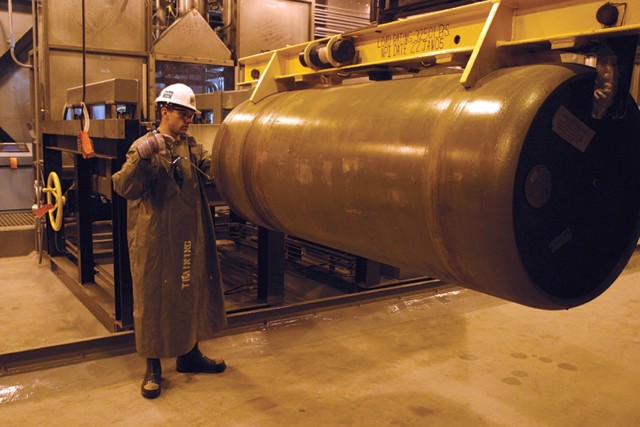
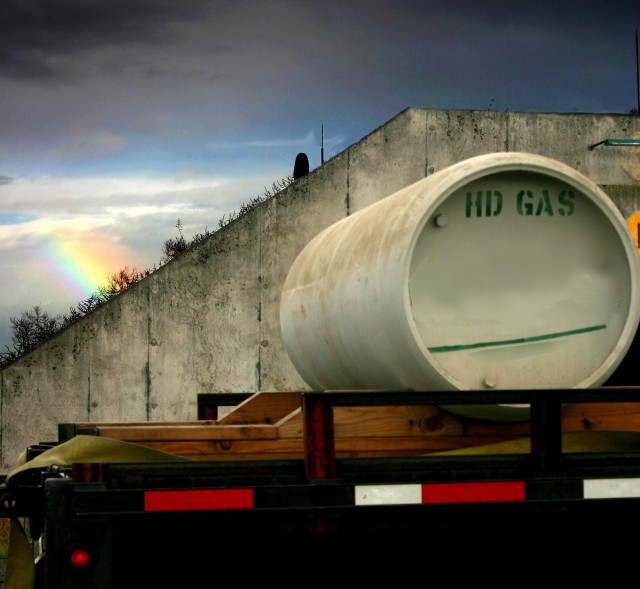
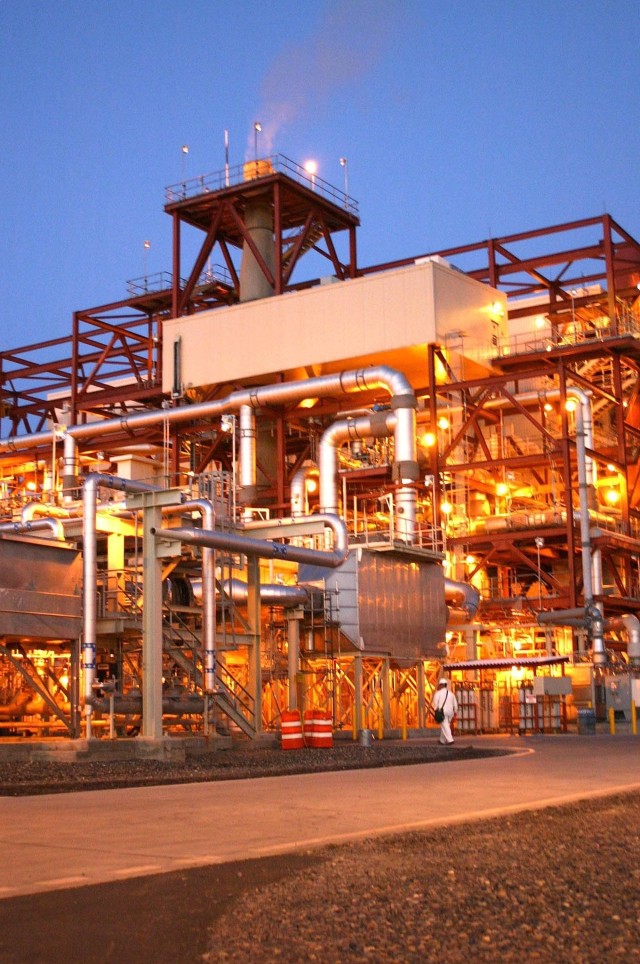
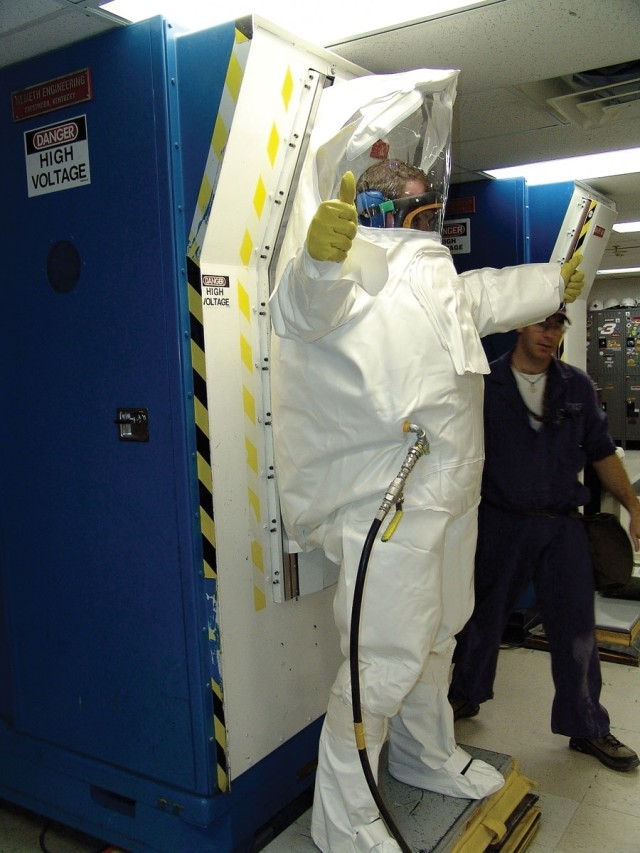

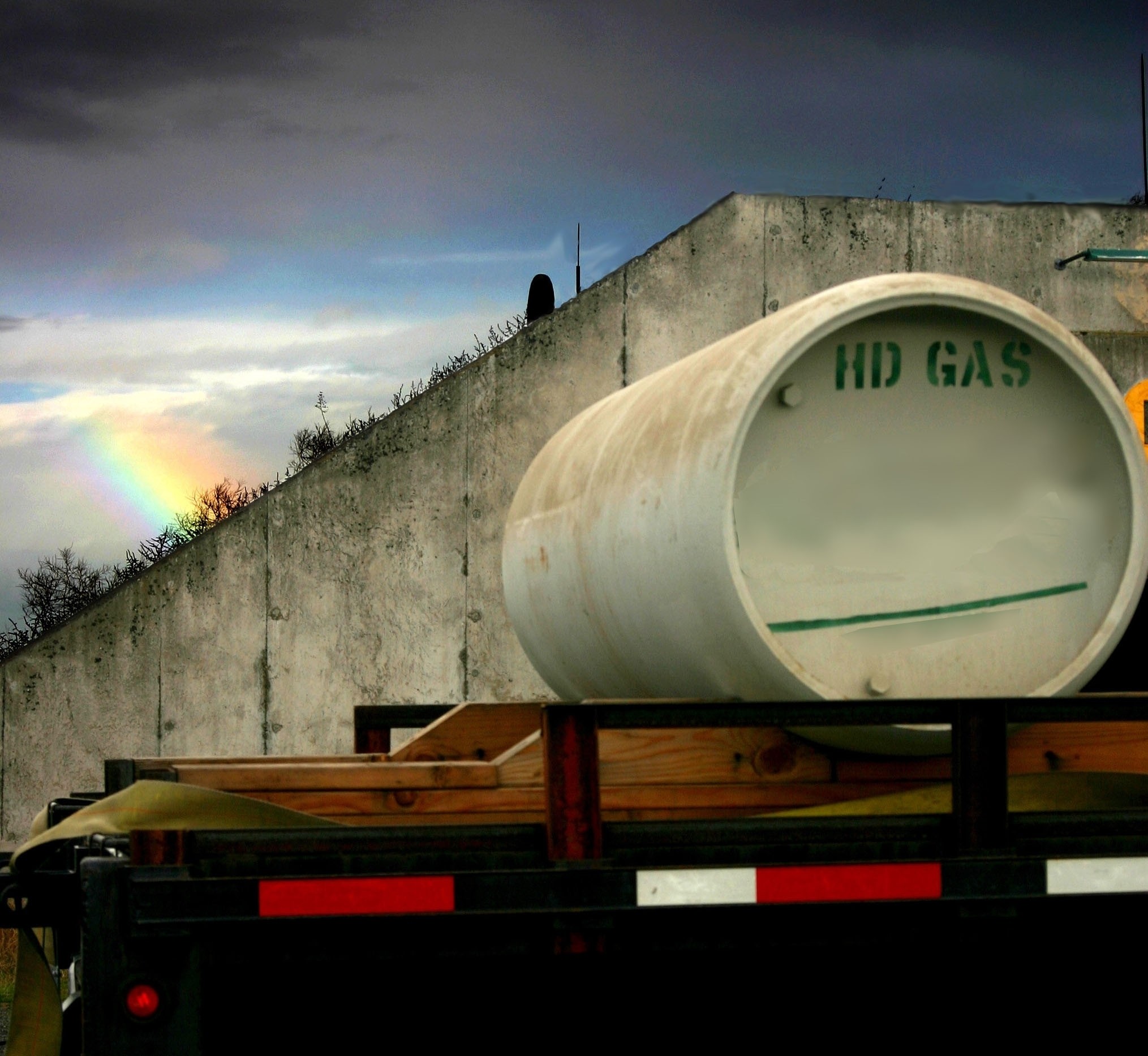


Social Sharing